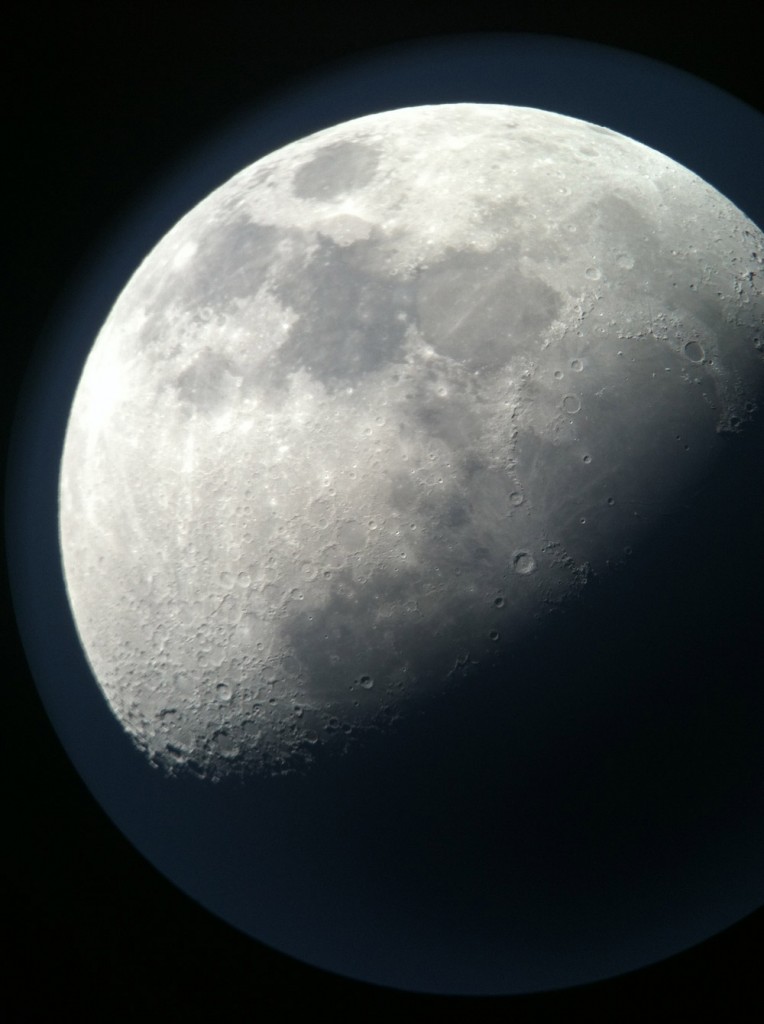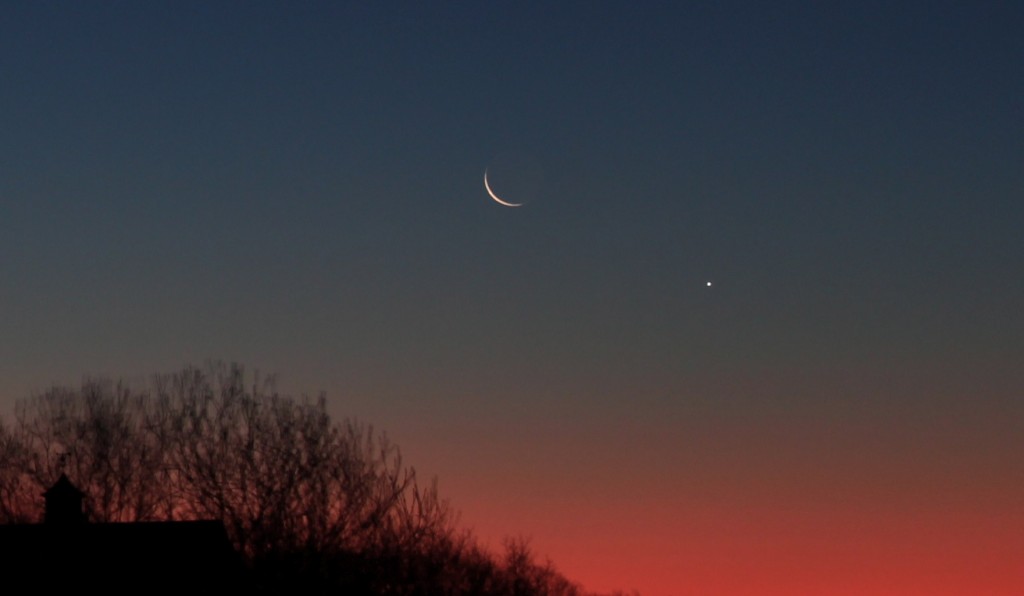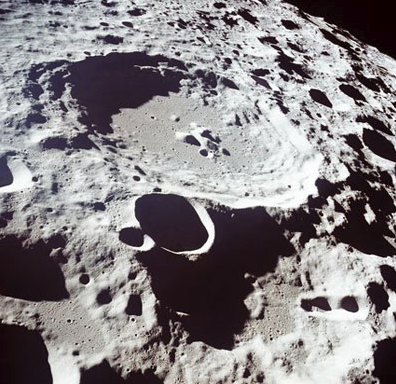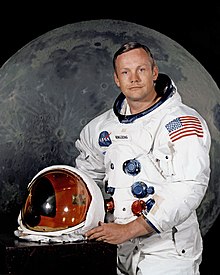The Moon, the Only Extraterrestrial Body Visited By Human Beings
Also known as Luna, the Moon is Earth’s closest neighbor in the solar system. To the Earth, it is also the second in brightness after the Sun. It is the only body in space where man has landed and collected samples. Here are some interesting Moon facts.

Ancient Beliefs about the Moon
The moon has always been visible in the sky and the ancient communities had names and myths about it. The Romans called it Luna, the Greeks referred to it as Selene and Artemis. The ancient Chinese celebrated solar eclipses making noises and shooting arrows towards heaven. Today, some people believe staring at the moon causes insanity. In fact, the word lunatic came into use because doctors thought that insane people were moonstruck.
How Was the Moon Formed?
The most popular theory is the giant impact theory that proposes that the moon formed after a massive rock, the size of Mars, fell on young Earth. Scientists believe this happened about 4.5 billion years ago shortly after the formation of the solar system. Part of this rock was incorporated into Earth but some of the debris escaped into space in vaporized form, started orbiting the Earth held by the Earth’s force of gravity, cooled down and came together to form the Moon.

The Moon’s Rotation Is Synchronized
Just like Earth, the Moon rotates on its own axis as it orbits the Earth. Astronomers believe that long ago, the Earth’s gravitational force slowed the Moon’s rotation speed such that it takes the same amount of time- approximately 27.3 days to rotate on its own axis as it takes to orbit the Earth.
The same side of the Moon is always facing the Earth. The far side that we never see is nicknamed the dark side of the moon and has only been photographed by spacecrafts.
Moon Phases
From Earth, we see the part of the Moon that is illuminated by the sun. Moon phases occur because as the moon revolves around the Earth, its position relative to the sun and Earth changes.
The Moon’s orbit around the sun sometimes brings it between the sun and the Earth. During this time, we experience a new moon here in Earth. As the Moon continues to rotate and orbit, a thin stream of sunlight is reflected and seen on Earth as the crescent moon. Once the moon is opposite the sun, a full moon occurs.


The Moon Has No Atmosphere
The Moon’s gravity is too weak to hold any gas on its surface. It can’t hold an atmosphere or clouds. Without an atmosphere to regulate temperature, the Moon experiences extreme temperature variations. The daytime temperature is approximately + 260° F while the nighttime temperature is about -280 F.
The Moon’s Surface Has Billions of Years Old Scars
The moon’s surface is covered with large and small craters believed to be 3.8-4.1 billion years old. These were formed from the impact of space rocks and meteors falling on its surface. Its surface is composed of large broken rocks and dust referred to as regolith.
Since the Moon does not experience volcanic activities, earthquakes or mountain formation, the craters and rocks have remained undisturbed. Furthermore, the Moon does not have an atmosphere and there is no wind or rain that can erode its surface.

The Moon is Not Round but Egg Shaped
The moon is actually egg shaped. The moon’s center of mass is off its geometric center. Its large end points towards the Earth. If you observe carefully, you will notice one of the ends pointing at you.
The Moon Could Be a Planet on Its Own
Earth’s Moon is larger in size than Pluto and its diameter is about a quarter that of the Earth. Some Astronomers believe the moon is more of a Planet. The Earth Moon system is referred to as a binary planet system or simply double planet just like Pluto and its largest moon, Charon.
The Moon Is Not Earth’s Only Natural Satellite
It was thought to be our only natural satellite for a long time. In 1999, scientists discovered a 3-mile wide asteroid captured by Earth’s gravity and sharing the Earth’s orbit. It was named Cruithine and it revolves around the Earth following a horseshoe shaped path. Scientists believe it will stay in the same position for a minimum of 5000 years.
The First Visit to the Moon
The first unmanned visit to the Moon was made in 1959 by the Soviet Lunar Program. The first manned vision was in 1969 when Apollo 11 landed on the Moon. Neil Armstrong was the first person to visit the Moon and 11 other people have landed and walked on its surface. No other manned visit has ever been made since 1972.


The Moon Is Not Here To Stay
The Moon is on its journey from our world. Researchers have calculated that the moon captures some of Earth’s rotational energy every year and uses this energy to climb higher up in its orbit and move 1.5 inches farther from Earth. Right now, it is farther away from the Earth than it has ever been. As the Moon moves away, the Earth’s rotation slows down because of the stolen energy.
The Moon Is Not 100% Dead Geologically
The moon was believed to be geologically dead with no activity on its surface. This belief changed when astronauts visited the Moon. While there are no active volcanoes, the surface is not entirely inactive. Small moonquakes do happen. These originate from below the Moon’s surface and scientists believe the Earth’s gravity pull is responsible. Occasionally, tiny fractures releasing gas occur.
The Moon Is Responsible for the Tides on Earth
The sun does play a small role but the Moon’s gravity is the biggest cause of high and low tides experienced on Earth’s beaches. The highest tides occur at full moon and new moon because the Sun, Earth and Moon are in a line.
Who Is The ‘Man On The Moon’?
Observed with the naked eye, the Moon seems to have dark spots and some people think the Moon looks like it has a face with two eyes and a wide smile. To the Japanese, there appears to be a rabbit on the Moon. The features that make the Moon give out these illusions are the lunar highlands and the seas known as lunar maria.
